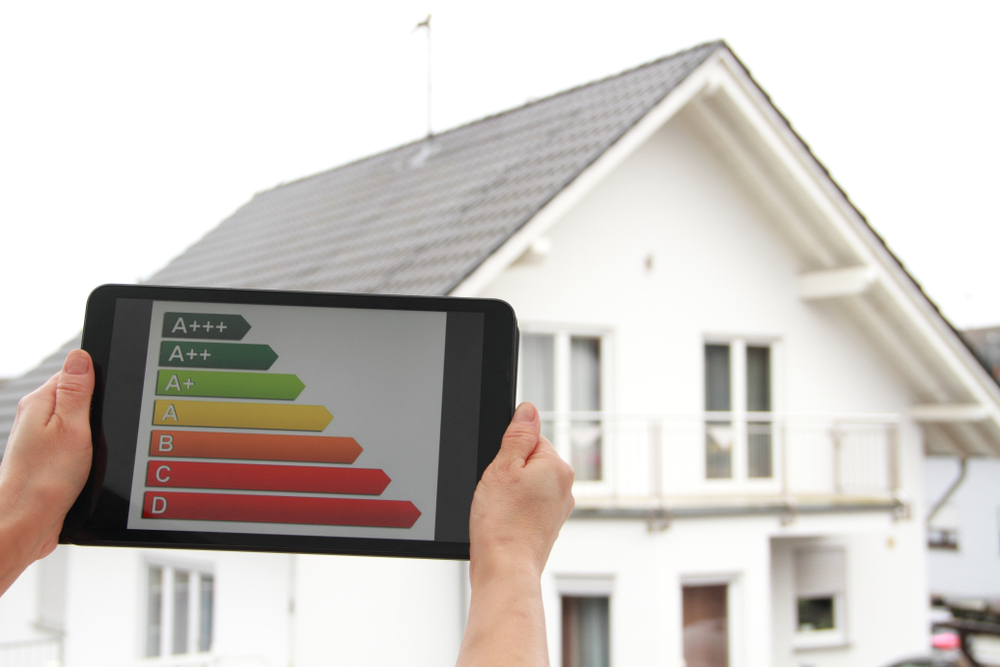Fraudsters conned 87% more motorists than last year by selling fake cars on Facebook Marketplace, research reveals.
Santander has reported that car buyers have lost nearly £500,000 after con artists advertised vehicles for sale that did not exist – nearly double (93%) the amount from 2022. The scammers used stolen photos and videos of other genuine vehicles using the social media selling platform.
The lender found people aged between 18 and 25 were the most likely to be victims of the crime, as the age group accounted for a fifth of all the cases this year.
Those over 60 reported the next most number of cases, with 14% and those in their early 40s (41-45) the third, making up 12.5% of recorded cases.
Meanwhile, customers over 60 were tricked out of the largest average sums, losing £1,564 to each scam – more than double the £748.06 recorded last year. Those aged between 56 and 60 were conned out of the next most (£1,528) and 26 to 30-year-olds made an average claim of £1,363.
How the scammers operate:
- You click on an advert for a vehicle you like the look of. Then you start a conversation with the seller.
- They reassure you through their messages that everything’s above board by potentially sharing official-looking contracts, or with details of money-back guarantees.
- They’ll ask you to pay upfront by bank transfer. This may be just the deposit to ‘secure the deal’. But could be for the full amount of the purchase.
- After you have sent the money the contact stops and the seller disappears.
Earlier this year, YourMoney.com reported that over 80% of all purchase fraud claims happened on Meta, the parent company of Facebook, WhatsApp and Instagram. TSB called on the platform to do more to protect online shoppers.
Chris Ainsley, head of fraud risk management at Santander said: “Scammers are stealing hundreds of thousands of pounds from people falling foul of car scams on online marketplaces. But people can help put the brakes on these scams by learning the tell-tale signs of fake listings and doing due diligence before transferring any funds.
“For this particular type of scam, the single best thing anybody can do to protect their money is to not transfer any funds until the vehicle is in their possession and they have seen it in person.”
The lender listed four steps for drivers to make sure they do not fall foul of Facebook fraudsters.
Four steps to avoid being duped on Facebook Marketplace
- A photo or video isn’t proof the vehicle exists. Make sure you have seen it and it is in your possession before making any payment.
- Follow the Government’s advice on purchasing a used vehicle. This includes completing an HPI vehicle check. This check can give you vital information about the vehicle.
- Buying from a reputable site? If so, stick to their dedicated advice and processes. Especially on ways to pay for your vehicle.
- Research the seller and always read the reviews. Compare several review sites. This helps rule out any fake reviews left by the criminals.





